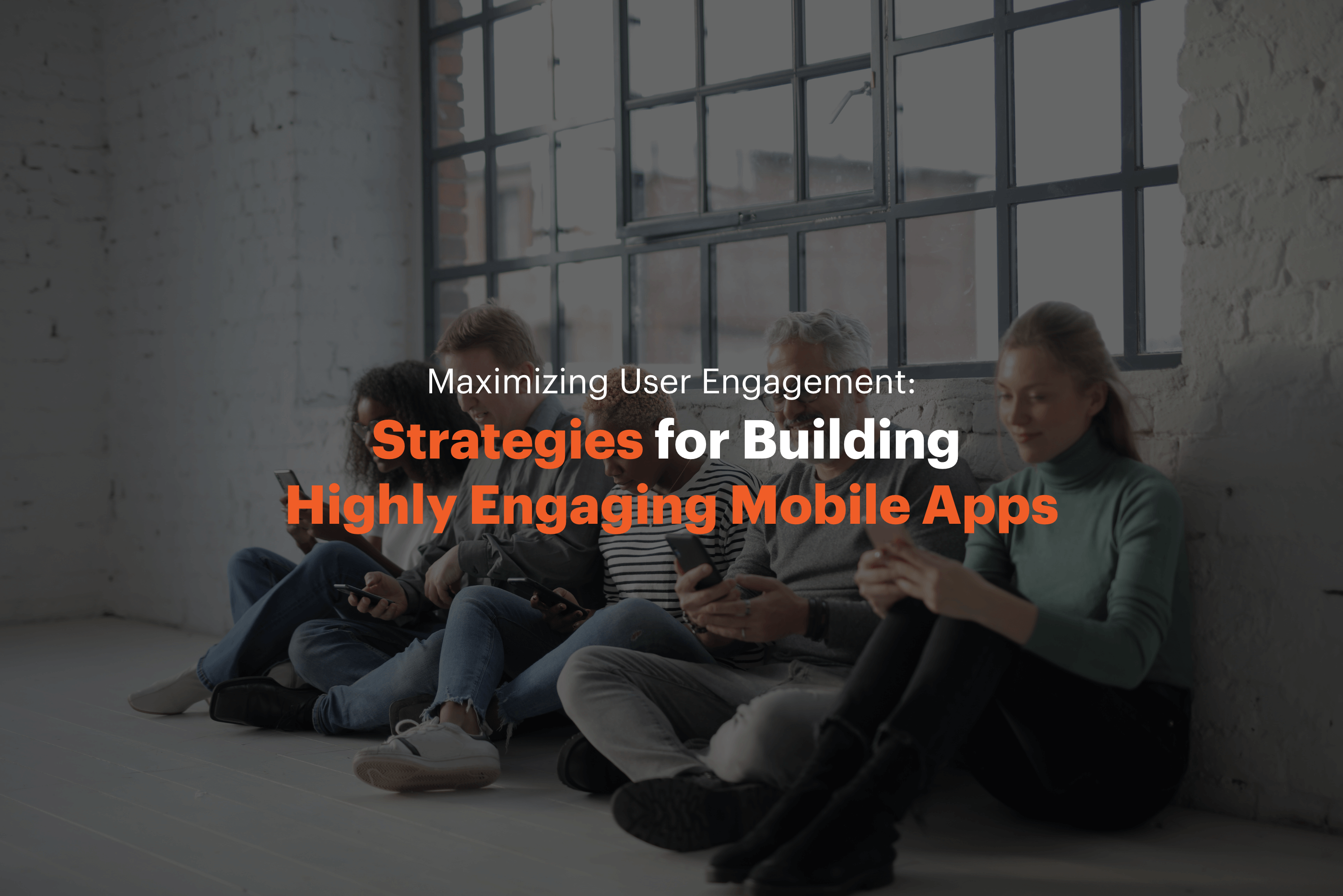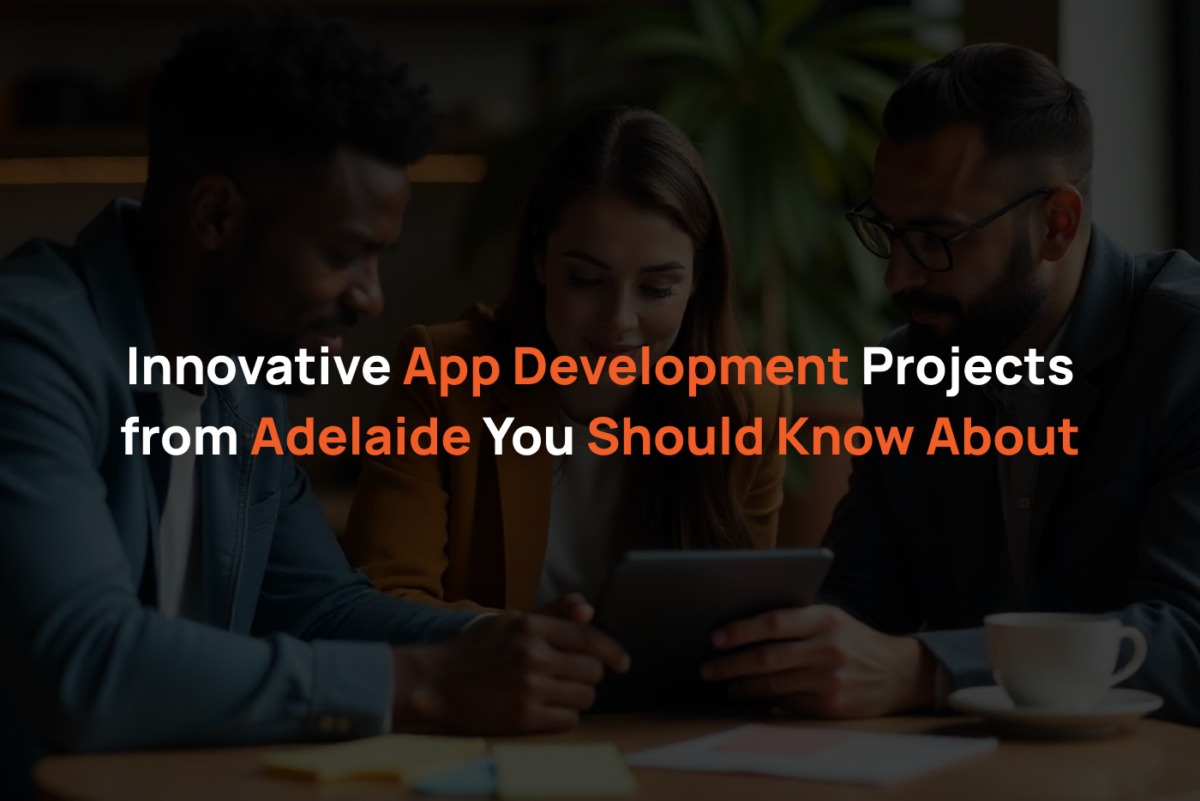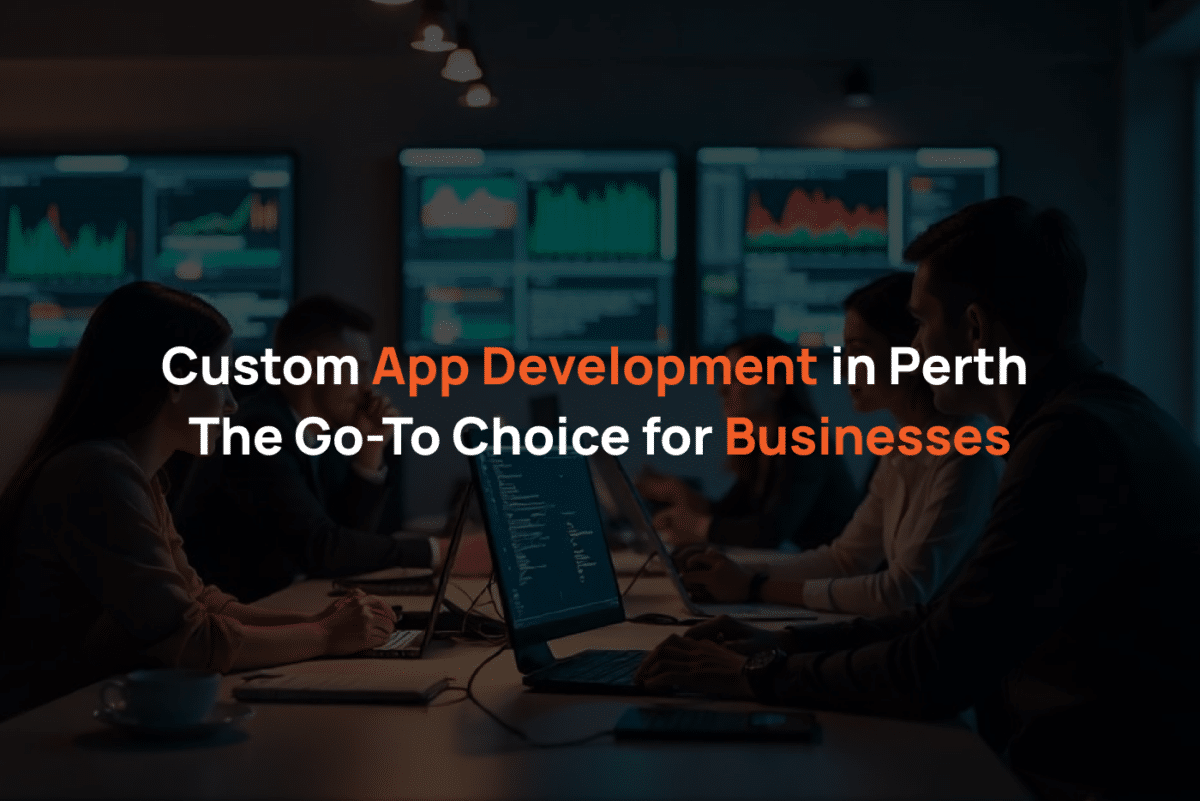Contact Us
If you have made it this far, you are here with a reason. You need our help! We are super friendly and genuinely care to help you succeed.
Enquire today to receive a FREE consultation with an App Guru.
Get in Touch
info [at] appgurus.com.au
In today's highly competitive mobile app market, it is not enough to build a functional app. In order to succeed, mobile app developers must focus on creating highly engaging experiences that keep users coming back for more. This blog post will explore some of the most effective strategies for maximizing user engagement and building highly engaging mobile apps.
Design for User Experience
When designing a mobile app, it's crucial to prioritize user experience (UX) as it can significantly impact user engagement and retention. In addition, understanding the needs and expectations of the target audience is essential in creating an intuitive and user-friendly app. To achieve this, using a user-centered design (UCD) approach can be helpful.
UCD is a process that involves understanding the user's needs and goals, designing solutions that meet those needs, and testing the design with real users to ensure it meets their needs. A crucial aspect of UCD is creating personas that represent the target audience. Personas are fictional characters that describe the user's behavior, goals, motivations, and pain points. Creating personas can help the development team better understand the target audience and design an app that meets their needs.
Iterating through design solutions is also essential. The development team should create wireframes, prototypes, and mockups to test the app's design before launching. Testing the design with real users can help identify areas for improvement and ensure that the app meets the user's needs and expectations. By prioritizing user experience, the development team can create an intuitive, user-friendly, and engaging mobile app, which can lead to higher user retention and engagement rates.
Focus on User Onboarding
User onboarding is a critical aspect of maximizing user engagement in mobile apps. Onboarding refers to introducing new users to the app and helping them understand how to use it. A well-designed onboarding process can reduce friction and increase user retention rates.
To create an effective onboarding experience, the development team should focus on introducing users to the app's core features and functions. This can be achieved by providing clear instructions and guidance through tooltips, pop-ups, or a step-by-step tutorial. In addition, the onboarding process should be easy to follow and not overwhelm the user with too much information at once.
Using animations, videos, or other interactive elements can help keep users engaged during onboarding. For example, a short animation can demonstrate how to complete a particular task in the app. Videos can be used to provide more detailed information about the app's features and functions. In addition, interactive elements such as quizzes or mini-games can be used to make the onboarding process more enjoyable.
Another important aspect of onboarding is to keep the user motivated by showing them the app's value. For example, the development team can highlight the app's benefits, such as how it can save the user time, money, or effort. By creating a positive onboarding experience, the development team can increase user engagement and reduce churn rates.
Provide Personalization
Personalization refers to tailoring the app experience to the user's individual needs and preferences. This can be achieved by allowing users to set priorities and using data analytics to provide personalized recommendations.
To implement personalization, the development team should allow users to set their preferences, such as their favorite topics, interests, or preferred communication channels. The app can then use this information to tailor the user's experience, such as recommending relevant content or notifications.
Data analytics can also be used to provide personalized recommendations. By analyzing the user's behavior and interactions with the app, the development team can gain insights into the user's preferences and interests. For example, if a user frequently interacts with content related to a specific topic, the app can recommend more related content.
Providing personalization can significantly improve user engagement and retention rates. By tailoring the app experience to the user's needs and preferences, users are more likely to find value in the app and continue using it over time. Additionally, personalized recommendations can make the app more relevant and valuable, increasing user satisfaction and loyalty.
Gamify the User Experience
Gamification refers to adding game-like elements such as badges, rewards, and leaderboards to the user experience. Gamification aims to motivate users to keep using the app, encourage competition, and create a sense of fun and enjoyment.
To implement gamification, the development team should identify the key behaviors or actions they want to encourage in the app. For example, if the app is a fitness tracker, the development team may want to enable users to exercise more. To do this, the app can offer badges for completing certain milestones, reward points for reaching fitness goals, or leaderboard rankings to encourage competition.
It's essential to strike a balance between fun and functionality when implementing gamification. While adding game-like elements can increase user engagement, they should not distract from the app's core functionality. Instead, the game-like components should be relevant to the app's purpose and help users achieve their goals.
Gamification can be an effective way to increase user engagement and retention rates. By adding game-like elements to the user experience, the development team can motivate users to keep using the app, create a sense of fun and enjoyment, and encourage competition. Additionally, gamification can make sense of accomplishment and progress, increasing user satisfaction and loyalty.
Leverage Push Notifications
Push notifications refer to messages sent to users' mobile devices that remind them of the app's value and encourage them to take action.
To leverage push notifications effectively, the development team should ensure that the notifications are timely, relevant, and personalized. Notifications should be sent at appropriate times and be relevant to the user's interests and behavior. Personalization can be achieved by using data analytics to gain insights into the user's preferences and behavior and tailoring the notifications accordingly.
Push notifications should be used sparingly and strategically to avoid overwhelming users with too many messages. Instead, the development team should identify the key behaviors or actions they want to encourage in the app and use notifications to remind users of their benefits. For example, if the app is a shopping app, notifications can be sent to remind users of items left in their cart, upcoming sales, or new arrivals.
Using push notifications can be an effective way to increase user engagement and retention rates. By sending timely, relevant, personalized notifications, users are more likely to find value in the app and continue using it over time. Additionally, notifications can remind users of the app's importance and encourage users to take actions that increase engagement and loyalty.
Optimize Performance
Users expect apps to be fast, responsive, and stable, and optimizing performance can help ensure that users have a positive experience and continue using the app.
The development team should focus on app speed, load times, and overall stability to optimize performance. The app should load quickly, respond to user input without delay, and function reliably without crashing or freezing. In addition, the development team should use efficient coding practices and optimize graphics and media for mobile devices to minimize load times and ensure that the app runs smoothly.
It's also essential to minimize the number of app features and functions to avoid overwhelming users with too many options. The development team should identify the key segments and procedures necessary for the app's purpose and focus on optimizing those. Unnecessary features and processes should be eliminated to reduce clutter and improve app performance.
The development team can improve user engagement and retention rates by optimizing performance. A fast, responsive, and stable app is more likely to provide a positive user experience and encourage users to continue using the app over time. Additionally, minimizing the number of app features and functions can make the app easier to use and increase user satisfaction.
Encourage User Feedback
User feedback can provide valuable insights into user needs and preferences and help the development team improve the app experience over time.
To encourage user feedback, the development team should provide in-app feedback mechanisms that allow users to share their thoughts and suggestions. Feedback mechanisms can include forms, surveys, or in-app chat support. The team should also respond promptly to user complaints and requests to demonstrate that user feedback is valued and taken seriously.
Data analytics can also track user feedback and improve the app experience. The development team should monitor user feedback regularly and identify common issues or suggestions that can be addressed through app updates or improvements. Analytics tools can help the team gain insights into user behavior and preferences and identify areas where the app can be improved to increase user engagement.
The development team can increase user engagement and retention rates by encouraging user feedback and using it to improve the app experience. Users are more likely to continue using an app if their feedback is considered and the app evolves to meet their needs and preferences. Additionally, feedback mechanisms can help the development team identify and address issues early on, preventing user frustration and negative reviews.
Building a highly engaging mobile app requires a multi-faceted approach that focuses on user experience, onboarding, personalization, gamification, push notifications, and performance optimization. By understanding the needs and expectations of the target audience and using a user-centered design approach, developers can create an app that is intuitive and easy to use. Providing clear instructions and guidance during onboarding can help users understand how to use the app and get the most out of its features. Personalization and gamification can enhance the user experience and increase engagement, while push notifications can remind users of the app's value and encourage them to take action. Finally, optimizing app performance can ensure users have a positive experience and continue using the app over time.
Developers can create highly engaging mobile apps that meet user needs and provide a seamless user experience by employing these strategies. In addition, encouraging user feedback can also help improve the app over time and increase user satisfaction. Ultimately, building a highly engaging mobile app requires a focus on user needs and preferences and an ongoing commitment to delivering a high-quality user experience.


